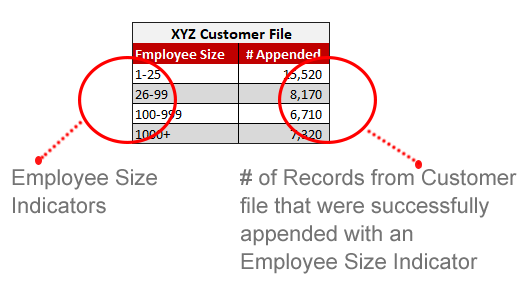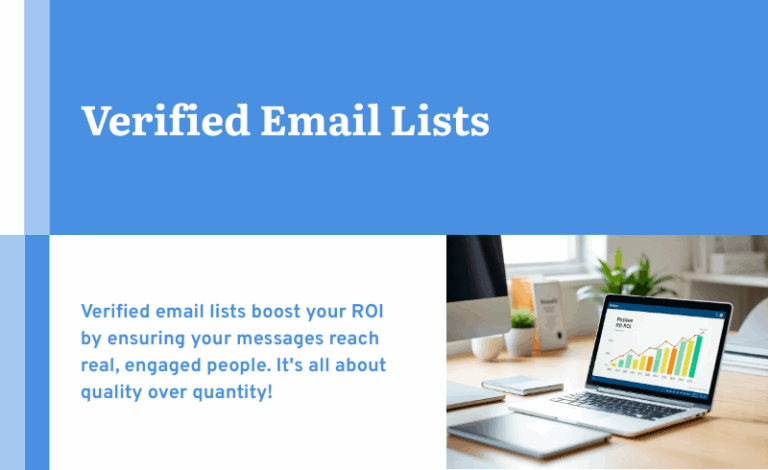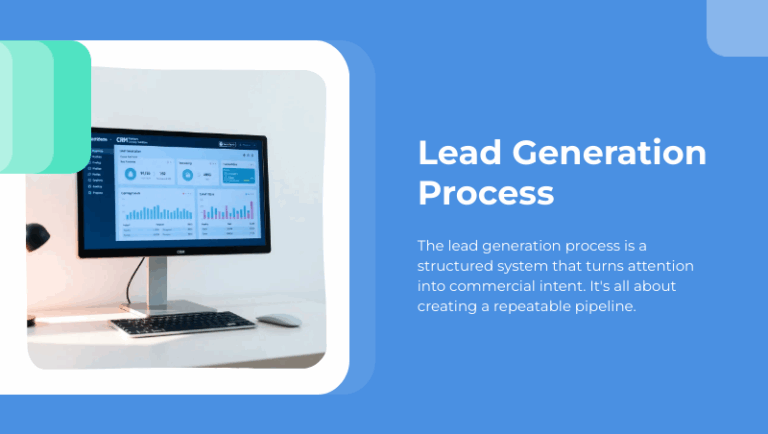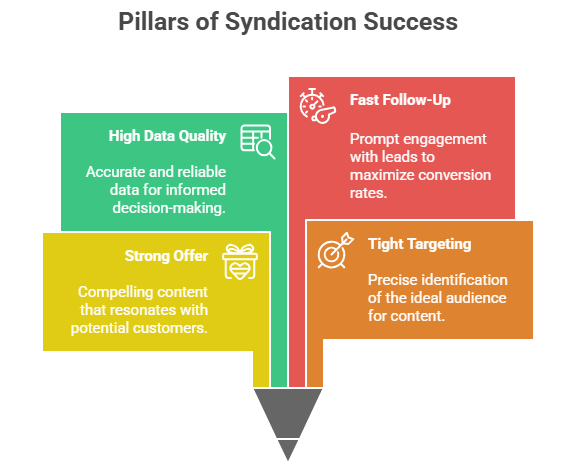In the realm of B2B marketing, understanding your audience is key to creating effective strategies that drive results. One often overlooked but incredibly valuable piece of information is the size of a company’s workforce. By adding employee size to your firmographic data, you can gain deeper insights into your target market, allowing you to tailor your approach more precisely and enhance your marketing outcomes.
The Importance of Adding Employee Size to Your B2B Customer and Prospecting Files
Employee size is a critical indicator of a company’s scale, operational complexity, and potential needs. A small business with fewer than 50 employees, for example, might have vastly different challenges and resource constraints compared to a large enterprise with thousands of employees. By understanding the size of a company’s workforce, you can better predict its purchasing power, decision-making processes, and even the type of solutions it might be seeking.
For instance, a smaller company may prioritize cost-effective solutions that can help streamline operations and improve efficiency. On the other hand, larger organizations might be more interested in scalable solutions that can integrate seamlessly with their existing systems. By segmenting your audience based on employee size, you can craft more relevant messages, offer tailored solutions, and ultimately increase your chances of converting prospects into customers.
Enhancing Targeting and Personalization
Adding employee size to your firmographic data allows for more nuanced targeting and personalization in your marketing efforts. When you know the size of a company, you can adapt your messaging, offers, and even the channels you use to engage with different segments. For example, larger companies might respond better to in-depth case studies that demonstrate ROI on a large scale, while smaller businesses might be more interested in straightforward, budget-friendly solutions.
Moreover, employee size can also inform your sales strategy. Larger companies often have more complex decision-making processes, involving multiple stakeholders. Understanding the size of the company can help your sales team prepare for longer sales cycles and develop strategies to engage with various decision-makers effectively. Conversely, smaller businesses may have quicker decision-making processes, allowing you to close deals faster with the right approach.
Improving Data-Driven Decisions
Integrating employee size into your firmographic data doesn’t just enhance your marketing and sales efforts—it also improves your overall data-driven decision-making. With a more detailed understanding of your target market, you can make informed choices about where to allocate resources, how to design campaigns, and which products or services to emphasize.
Employee size data can also help you identify trends and patterns within your customer base. For example, you might discover that your most profitable customers tend to be mid-sized companies within a certain industry. This insight can guide your future marketing strategies, helping you focus on the segments that offer the greatest potential for growth.
Gain a Deeper Understanding of Your B2B Audience
Incorporating employee size into your firmographic data is a powerful way to gain a deeper understanding of your target market. It allows you to tailor your marketing and sales strategies to meet the unique needs of businesses based on their size, improving your chances of success. In today’s competitive B2B landscape, the more you know about your audience, the better equipped you are to deliver relevant, impactful, and personalized experiences that drive results. Don’t overlook the importance of employee size—add it to your firmographic data today and unlock new opportunities for growth and success.
Reach Marketing offers employee size firmographic data. Our data is validated using multi-sourced, verified information from our partners, validated within ReachBase, our proprietary database of more than 72 million records.


Give us the company name and address, and we can tell you:
- Total employee size
- Regional branch size
- Number of branches
- Site employee size
- Ranges start at less than 25
- Ranges end at 1,000+



